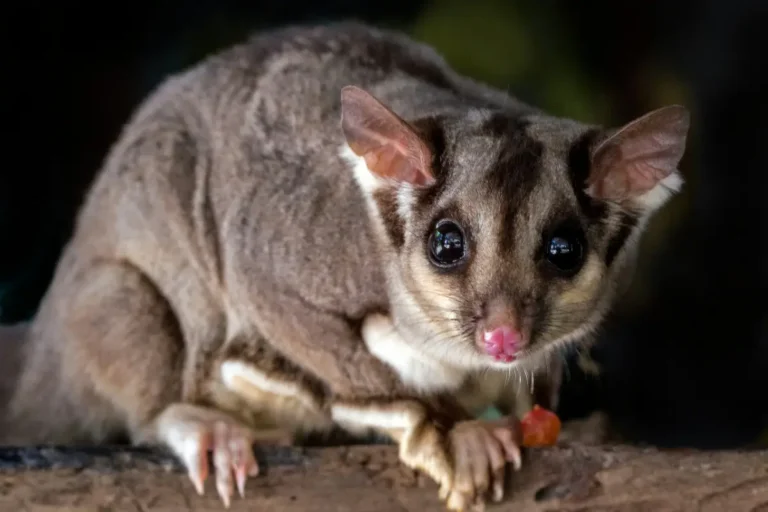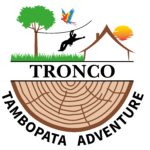Possums: The Fascinating World of Marsupials You Need to Know!
Possums are marsupials, in case you didn’t already know. Yes, the marsupial family includes those fuzzy little creatures you sometimes spot scurrying across tree branches. While they might not grab as much attention as koalas or kangaroos, possums are fascinating animals with some truly remarkable traits. So, what exactly makes possums so special? Get ready to uncover everything you didn’t realize you needed to learn about these curious possums marsupials!

What Exactly Are Possums?
Let’s start by defining possums. These small to medium-sized marsupials, known as possums, are primarily found in Australia, New Zealand, and some regions of Southeast Asia. It’s reasonable to assume you’re thinking of the opossum from North America. Surprise! Possums marsupials and opossums are not the same thing. Isn’t that confusing?
Possums: Native to Australia and New Zealand.
Opossums: Found in North America.
Although the terms “possum” and “marsupials” are frequently used interchangeably, in this context, we are referring to the Australian marsupials. Early European explorers gave these animals this name because they believed they resembled opossums from North America. (Warning: They don’t!) These possums marsupials are unique to Australia and are distinctly different from their North American counterparts.
Marsupials: The Special Group to Which Possums Belong
What, then, qualifies possums as marsupials? Mammals that carry and care for their offspring in a pouch are known as marsupials. Consider koalas, wallabies, and kangaroos—yes, possums belong to the same family! Unlike placental mammals, marsupials give birth to immature infants known as “joeys.” To continue growing and maturing, the newborn joey climbs inside its mother’s pouch. Can you imagine, as an infant, being carried around in a pouch? Quite wild, isn’t it?
This pouch is essential to the survival of possums marsupials. The joey stays within it for weeks or even months, until it becomes strong enough to leave and explore the world on its own.
Types of Possums: Meet the Family
When we refer to “possums,” we are not referring to just one species. Possums come in more than 30 different species! The following are some of the possum family’s more well-known members:
1. Common Brushtail Possum
The most widespread species in Australia.
Known for their bushy tails (hence the name) and adaptability to urban areas.
These guys are nocturnal, meaning they come out at night!
2. Ringtail Possum
Smaller than the brushtail possum, with a prehensile tail used for climbing.
They often build nests called “drays” in trees.
Super cute and less likely to be spotted in urban settings.
3. Sugar Glider
Arguably the most adorable possum species.
Famous for their ability to glide through the air thanks to a membrane that stretches between their legs.
They’re tiny, weighing only 3-5 ounces, and love eating nectar and fruit.
4. Pygmy Possum
Tiny and lightweight, some pygmy possums weigh as little as 10 grams!
They’re often mistaken for mice but don’t be fooled—these are true marsupials.
Found in forests and alpine regions, they’re masters of survival in extreme climates.
5. Leadbeater’s Possum
One of the rarest possums, often called Australia’s “faunal emblem.”
It was thought to be extinct but rediscovered in the 1960s!
Where Do Possums Live?
When it comes to their habitat, possums are highly adaptable. They thrive in urban settings as well as in woodlands and forests. Have you ever spotted one darting across a power line or perched on a roof? That’s right—that possum is finding its way in city life! They make their homes in nests, tree hollows, and sometimes even in attics, much to the dismay of homeowners.
In the wild, possums are predominantly arboreal, meaning they dwell in trees. These skilled climbers excel at maneuvering through branches and foliage, aided by their strong tails and sharp claws. Their adaptability demonstrates why possums marsupials have become so successful in diverse environments.
What Do Possums Eat?
Ever wonder what’s on a possum’s menu? These little guys are omnivores, meaning they eat both plants and animals. Their diet includes:
Fruits and berries
Leaves, flowers, and nectar
Insects, small birds, and eggs
Occasionally, kitchen scraps and pet food (if they’re living near humans)
Possums are opportunistic feeders, so they’ll eat whatever is available. In urban settings, they’ve earned a reputation for raiding trash cans—but hey, everyone needs a midnight snack!
Why Are Possums Important for the Ecosystem?
Here’s something you might not know: possums play a huge role in their ecosystems! These marsupials help with:
Pollination: Possums love eating nectar and, in the process, spread pollen from flower to flower. Think of them as furry, flying pollinators!
Seed Dispersal: By munching on fruit, possums help spread seeds, which leads to new plant growth.
Pest Control: Possums eat insects and small pests, keeping the ecosystem balanced.
Without possums, many plant species wouldn’t thrive, and insect populations might go unchecked. They’re like the unsung heroes of the animal kingdom!
Fun Facts About Possums You Didn’t Know
Possums may seem ordinary, but trust me—these little critters are full of surprises. Here are some fun facts that’ll make you see possums in a whole new light:
Possums have prehensile tails: They use their tails like an extra hand to grip branches while climbing. It’s almost like having a built-in rope!
They can “play dead”: Well, not exactly—North American opossums do this. But it’s worth mentioning because their dramatic fainting act is legendary.
Nocturnal Ninjas: Possums are most active at night, using their sharp sense of smell and night vision to find food.
Adaptable Survivors: Whether it’s a dense forest or a suburban backyard, possums know how to thrive.
Tiny but Mighty: Some species, like the pygmy possum, are among the smallest marsupials in the world!
Are Possums a Nuisance or Beneficial?
If you’ve ever had a possum rummaging through your trash, you might think they’re a nuisance. But the truth is, possums are more beneficial than harmful. They help control pests, clean up dead animals, and even reduce the spread of ticks.
However, in urban areas, they can become a bit of a headache. If you’re dealing with possums in your attic or garden, here are a few tips:
Secure trash cans: Use lids that lock to prevent midnight raids.
Seal entry points: Block any holes or gaps where possums might sneak in.
Don’t leave pet food outside: Possums will happily chow down on your dog’s dinner.
Remember, possums are protected in many regions, so it’s best to handle any problems humanely.
Final Thoughts: Why Possums Deserve More Love
Possums are among the most fascinating members of the marsupial family, even if they might not be the most visually striking. These small creatures play an essential role in the environment due to their amazing climbing abilities, as well as their contributions to pollination and pest control.
The next time you see possums darting through the trees or peeking out from bushes, take a moment to appreciate them. These fluffy marsupials are working hard to maintain the balance of nature. And let’s be honest—they’re absolutely adorable!
Have you ever spotted a possum in the wild? Or maybe you’ve had a surprise encounter with one in your backyard? Either way, it’s clear that possums are far more fascinating than they get credit for. So, let’s give a little love to these incredible marsupials!
